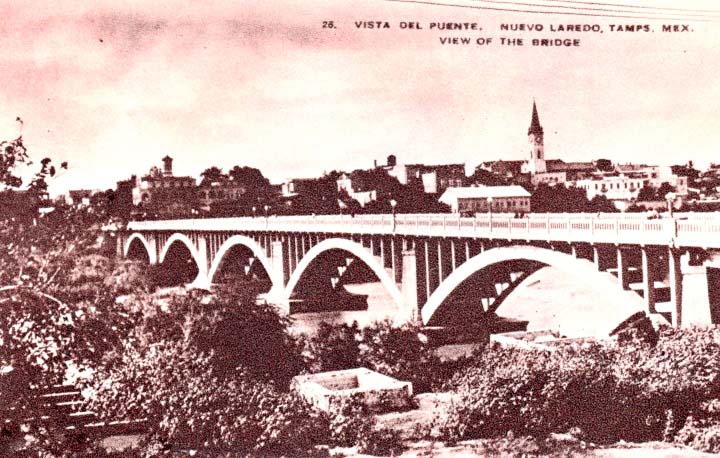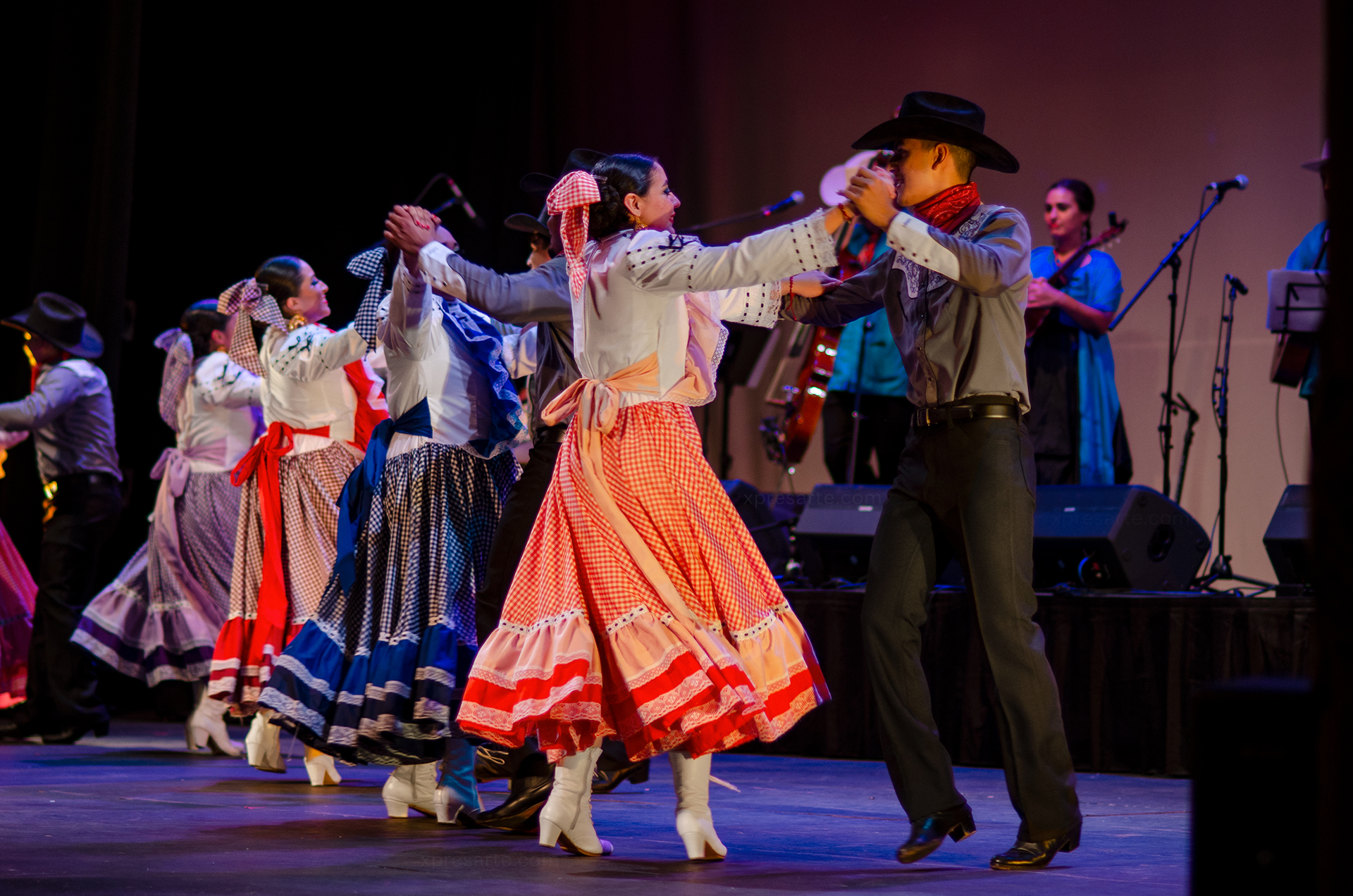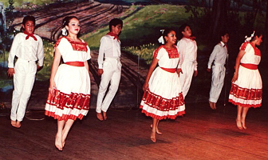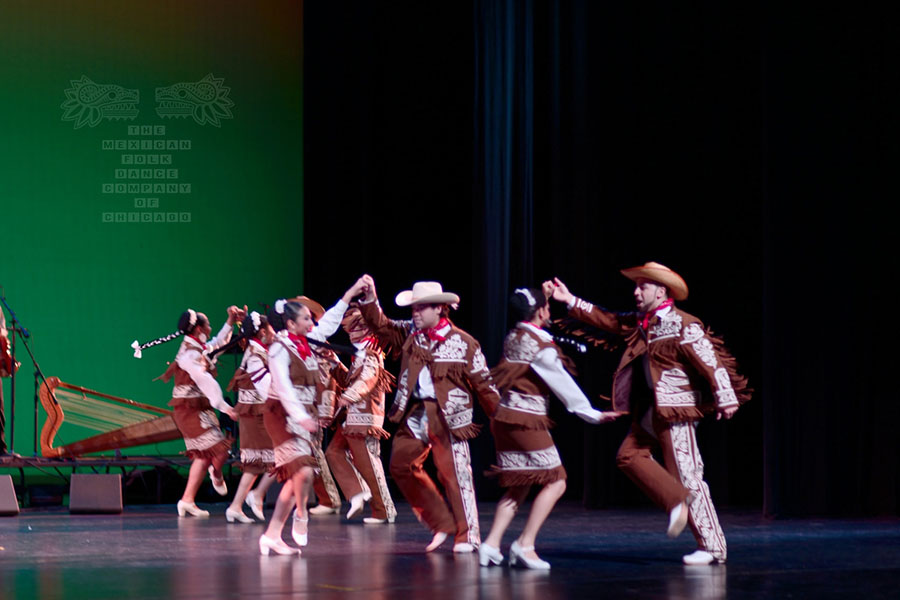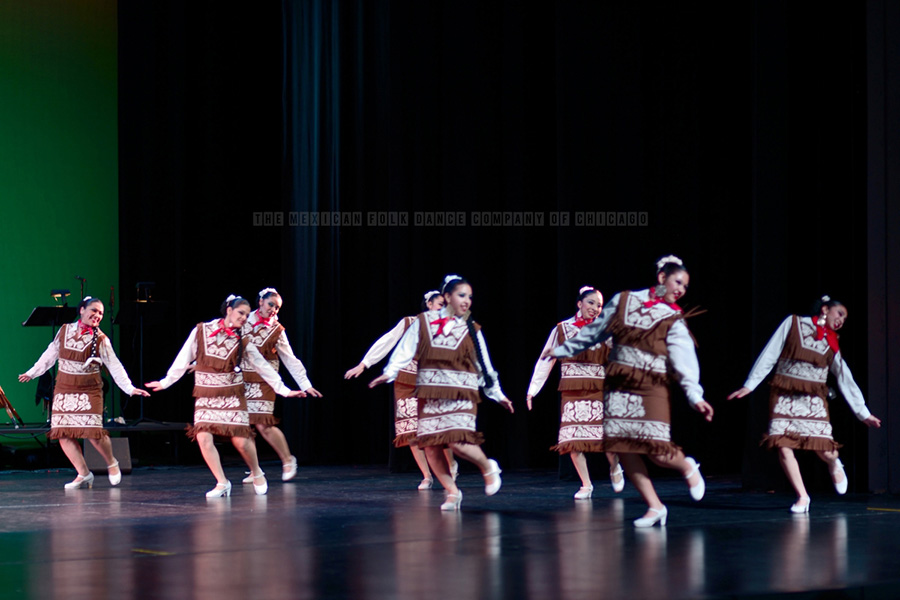The Northeastern state of Tamaulipas is one of the most prosperous states in Mexico. Its original name "Tamaholipa" has become a controversy among the experts. Some say it means "Place of prayer", while others believe it means "Place of high mountains". Facing the warm waters of the Gulf of Mexico to the East, and bordering Texas to the North, Veracruz and San Luis Potosí to the South, and Nuevo León to the West, Tamaulipas is the cross road between Northeastern and Central Mexico.
In colonial times, the state was part of the Spanish province of Nueva Santander, which included Southeastern Texas. Tamaulipas boasts a powerful economy based on oil, cattle, agriculture an tourism.
